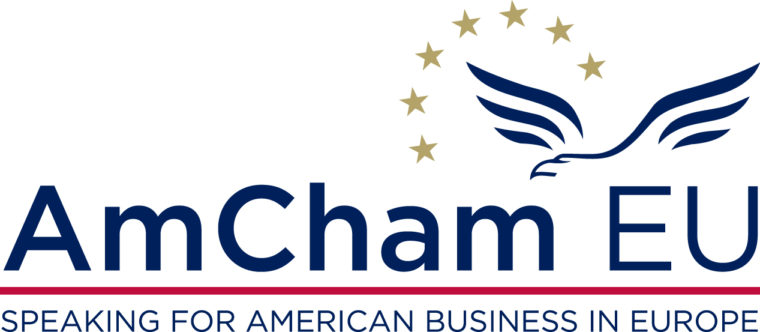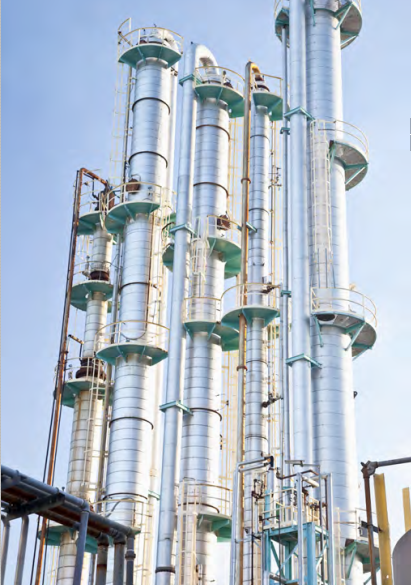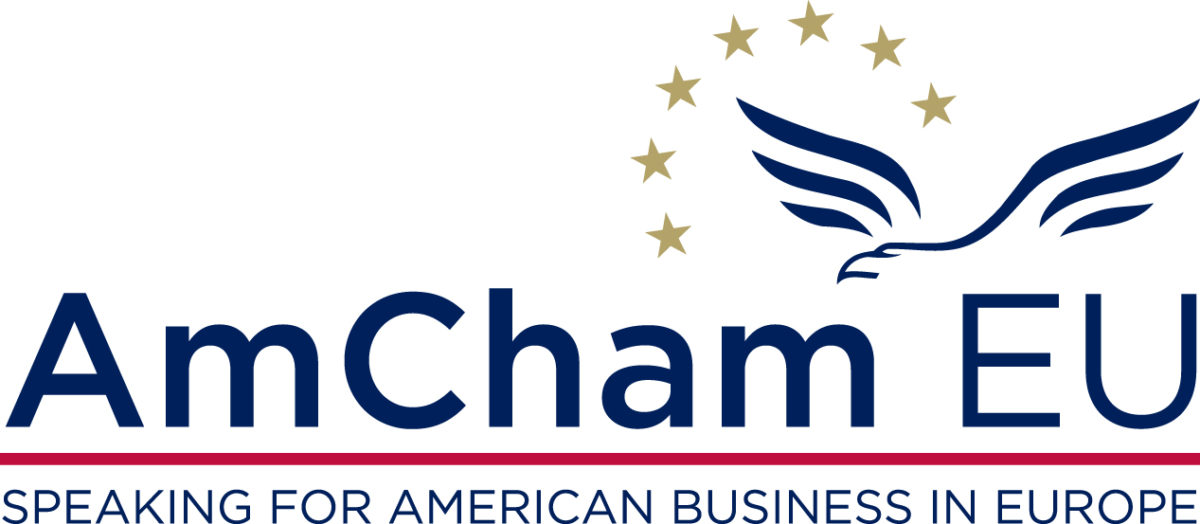Description
Perfluorinated polymers are materials with unique strength and durability. Although we are not always aware of it, they play a crucial role in many daily products and services: coating in pans and bakeware, building materials, automobiles, telecommunications and electronics. In short they make our lives cleaner, safer and easier.
But what happens when these products reach their end-of-life? Too often, they end up in incinerators or landfills and very valuable materials are lost. Chemical recycling is possible for perfluorinated polymers but is not efficient since materials are transformed into very fine powder or wax with limited usability. More sustainable solutions must be developed and implemented not only to ensure that valuable materials are not wasted, but also to address the issue of overflowing landfills and increasingly expensive waste management – a challenge tackled by 3M.
Manufacturing companies such as 3M are developing new solutions to enable the reuse of precious materials without sacrificing their capability characteristics. One of these solutions is up-cycling. Up-cycling means reusing materials or an object to create a product of higher or equal value.
Added value
- Up-cycling can restore products made of perfluorinated polymers into starting materials with 100% of its original performance qualities to be used to produce a new product.
- The environmental relief provided by up-cycling solutions is also significant in terms of emissions, energy and waste savings.
Challenges
- Given the many aspects of up-cycling, it should fully be included in the EU’s waste hierarchy guide, which consists of five steps to prevent and process waste.
- The EU should also encourage and support similar examples of industrial symbiosis, through fostering collaboration between industries to buy and sell residual products, resulting in mutual economic and environmental benefits.
Partners


